
In Harwich, Essex, construction begins on a sea-faring replica
When the Pilgrim Fathers left England for the New World on the Mayflower in 1620, it’s well known that they sailed from Plymouth in Devon. Preparations for the 400th anniversary celebrations of its sailing are already in progress there—much to the mild annoyance of some people 330 miles away in the small Essex town of Harwich.
Harwich concedes that the Mayflower’s last port of call was, indeed, Plymouth. But, they explain, much of England’s shipbuilding at this time was based in East Anglia, and the Mayflower was not only built and registered in Harwich, it was also captained by a Harwich man.
To emphasize their claims, a full-scale, sea-worthy replica of the ship is being built here with the intention of sailing it to America in 2020 to mark the 400th anniversary.
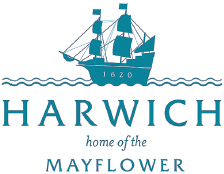
When the Pilgrim Fathers left England for the New World on the Mayflower in 1620, it’s well known that they sailed from Plymouth in Devon. Preparations for the 400th anniversary celebrations of its sailing are already in progress there—much to the mild annoyance of some people 330 miles away in the small Essex town of Harwich.
Harwich concedes that the Mayflower’s last port of call was, indeed, Plymouth. But, they explain, much of England’s shipbuilding at this time was based in East Anglia, and the Mayflower was not only built and registered in Harwich, it was also captained by a Harwich man.
To emphasize their claims, a full-scale, sea-worthy replica of the ship is being built here with the intention of sailing it to America in 2020 to mark the 400th anniversary.

Today, Harwich is known as an international port and gateway to Norway, the Baltic coast, Iceland, Russia, the Netherlands and Denmark. Far more interesting, however, is the ancient maritime town of Old Harwich to the east.
Here, at 21 King’s Head Street, a 16th-century house bears a plaque stating: “The home of Captain Christopher Jones, Master of the Mayflower.” It’s a privately-owned house not open to the public, but you can look around nearby St. Nicholas Church, where Jones was married.
A walk through the town reveals more evidence of the Mayflower connection: a road, restaurant, taxi company, school and medical center are all named after the ship; and at Dedham Vale Vineyard in nearby Colchester, they brew a pale straw-colored wine called Mayflower.
It’s no coincidence that both Captain Jones and the Mayflower came from Harwich. Born in 1570, the son of a mariner and ship owner, Jones rose to become a man of prominence in the local community. In 1607, with three partners, he purchased the Mayflower and became its master, sailing it on trading missions to France, Norway, Spain and Germany before being hired to take the Pilgrims on their historic journey in 1620. It was his first transatlantic voyage, but he wasn’t the first Harwich man to make the crossing.
[caption id="TheMayflowerSailsAgain_img3" align="aligncenter" width="873"]
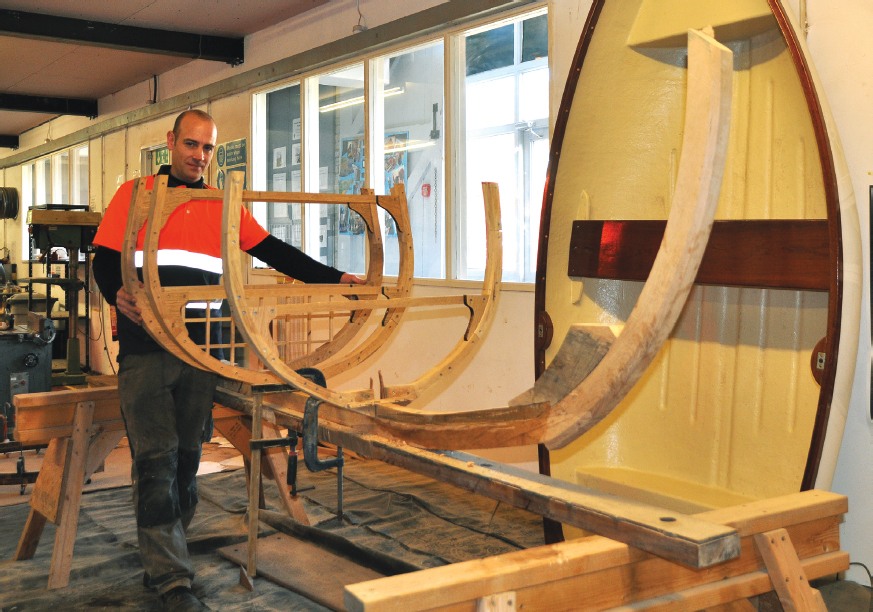
JOHN WADE
Some 13 years before, seaman and privateer Christopher Newport, who was also born in Harwich, commanded three ships that, in 1607, took 144 passengers, many from Essex, to Chesapeake Bay, where they established the settlement of Jamestown, named in honor of King James I.
All of which gives credence to those people building a replica of Captain Jones’ ship. The Mayflower Project began in 2009 when another replica, this one of Captain Cook’s ship HMS Endeavour, sailed into the town. Its arrival got local business people thinking how something similar might boost the local tourist trade. Why not build their own replica ship? With its strong Harwich connections, the Mayflower was the obvious choice.
The idea grew and, in 2010, the project acquired charitable status. Work began in 2012, and shipbuilding began earlier this year.
“We are building the ship for more than ceremonial purposes,” says Sean Day, the Mayflower Project’s Tourism and Marketing Executive. “The aim is to prove that the legacy of the Mayflower is not over. The project has created a training school where 500 local young people have learned trades, studied business and gained qualifications. We are also planting trees and creating habitats in recognition of the wood used to build the ship.”
This new Mayflower has been designed with a high level of authenticity above the waterline, with a minimum of modern intervention, restricted mainly to things like radar and a small engine for manoeuvring in and out of ports—mandatory on a modern vessel.
“This new Mayflower has been designed with a high level of authenticity above the waterline, with a minimum of modern intervetion, restricted mainly to things like radar”
[caption id="" align="aligncenter" width="661"]
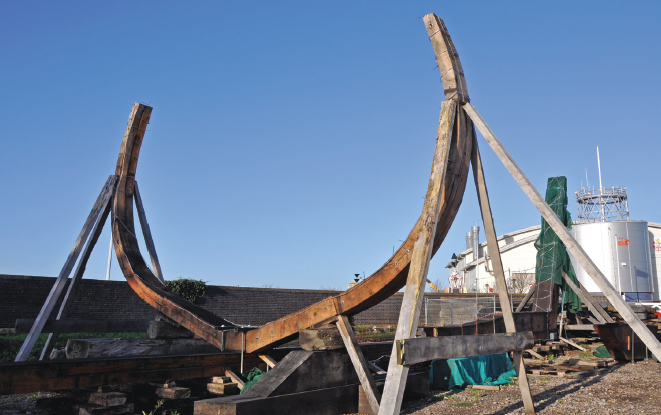
JOHN WADE
Sea trials are planned for 2018 with a crew comprising a mixture of young people and experienced mariners. The copycat voyage in 2020 is expected to carry about 40 crew members, entrepreneurs, corporate leaders and those interested in studying solutions to climate change.
The plan is to replicate the original voyage, stopping at towns along the south coast of England before embarking on the journey from Plymouth in Devon to Plymouth in Massachusetts.
Thanks to the Mayflower’s connections to residents throughout the United States, visitors have already been welcomed to Harwich from New York, Hawaii, Florida, Wyoming, Texas and California. To see for yourself how the project is progressing, go to The Railyard on George Street where you can watch the shipbuilding in action. A new hi-tech visitor center with interactive displays and virtual reality experiences is also planned to open this summer.
“We hope all this will kick-start shipbuilding in Harwich again,” says Day. “Our next project is to build a Viking longship.”
[caption id="TheMayflowerSailsAgain_img5" align="aligncenter" width="780"]
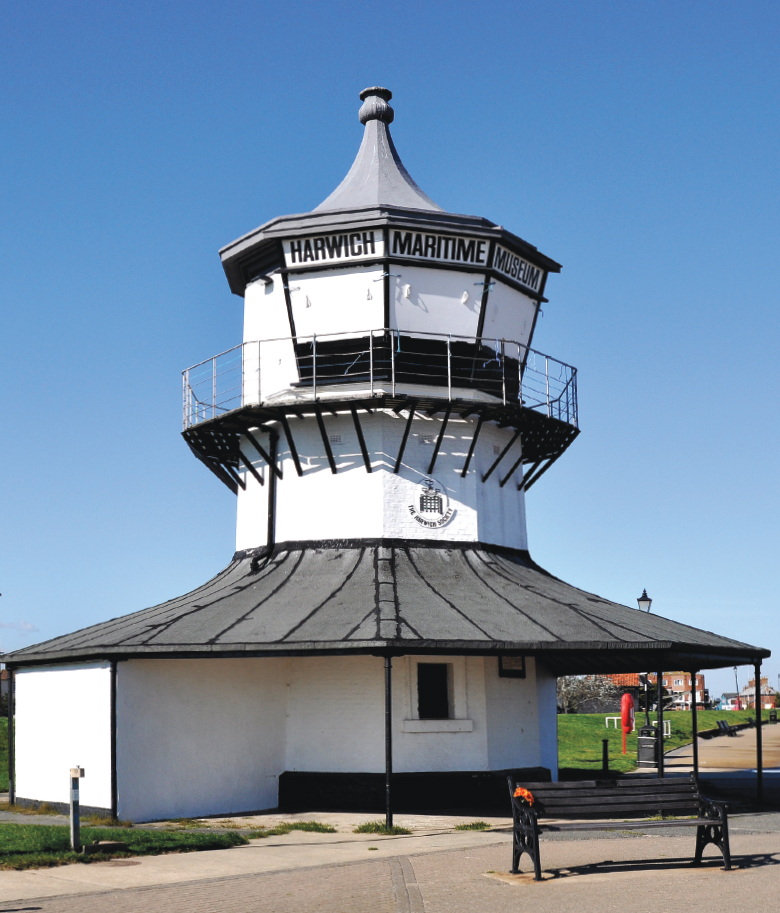
JOHN WADE
This small Essex town has reason to be proud of its heritage, and, as the anniversary of Mayflower’s epic journey approaches, its residents are keen to show their pride in the part played by their ancestors in the early colonization of America.
Around Harwich Town
[caption id="" align="alignleft" width="153"]
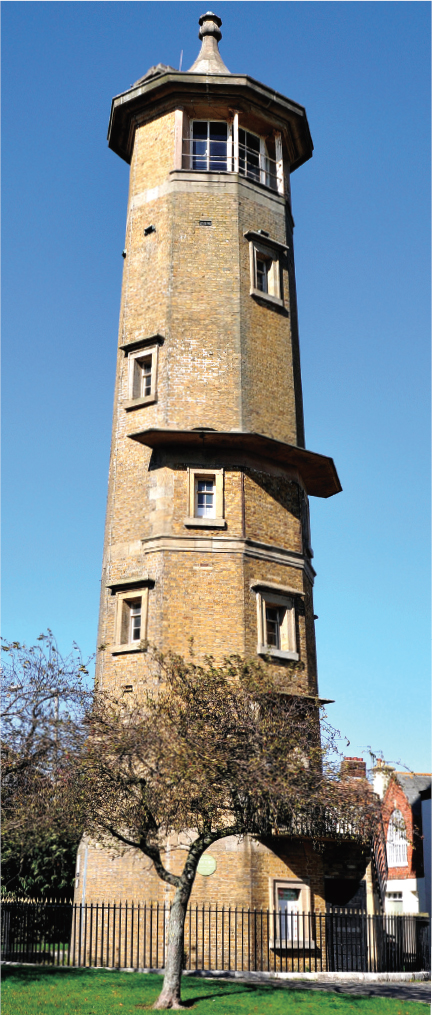
JOHN WADE
The Mayflower Project is far from the only interesting aspect of Harwich. Entering the town along Main Road, watch for signs to the Redoubt, a huge circular fort built in 1808 to defend the Essex coast against invasion from Napoleon. On two levels, you can see original cannons and other firearms on display, while a series of rooms cut into the stone walls of the lower level show reconstructions of how the men who manned the fort lived day-to-day.
Harwich boasts two lighthouses, one unexpectedly standing in the center of town. This is the High Light, 90-feet tall and 150 yards from the Low Light, half the size and closer to the sea. In 1818, when the two lighthouses were built, they worked as a pair. Sailors would position their vessels so that one light was seen directly above the other, as an aid to guiding their ships through the coast’s shallow waters. These days, the lower lighthouse is a maritime museum, and the higher one houses the National Wireless and Television Museum.
“The plan is to replicate the original voyage, stopping at towns along the south coast of England before embarking on the journey from Plymouth in Devon to Plymouth in Massachusetts”
A short walk along the coastal path from the Harwich Low Light you’ll find the Treadwheel Crane, used in the town’s naval yard from 1667 until as late as 1927. Men walking around the interior of two gigantic wheels worked this type of crane, unique to Britain.
Strolling from here to the town quay, you pass along King’s Quay Street and the Electric Palace Cinema. It’s one of the oldest purpose-built cinemas in the country, offering an eclectic program, ranging from the latest blockbusters to cult films and vintage silent movies.
On your way to the Quay, look for the many murals that decorate walls around the town. The Angelgate mural painted along a wall on Wellington Road depicts all the major landmarks of Harwich. Among many others is one that depicts what Captain Jones might have looked like, along with his ship and house. Another shows the signing of the Mayflower Compact during the original voyage, and which many historians consider a forerunner of the U.S. Constitution. A great many wall plaques around the town also provide information about people and events for which Harwich is famous.
[caption id="TheMayflowerSailsAgain_img7" align="aligncenter" width="781"]
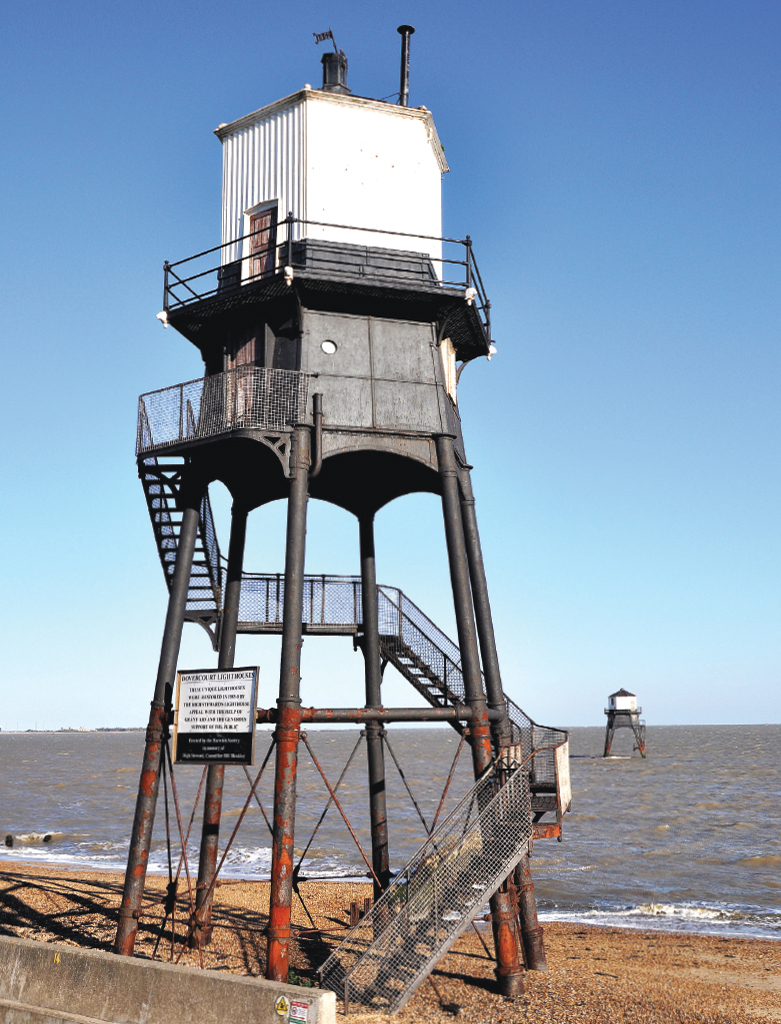
JOHN WADE
At the town quay, you’ll find the Ha’penny Pier, where you can stroll out to sea and enjoy a cup of good English tea in the sunshine. The name of the pier dates back to 1853, when admission was charged at half a penny, or ha’penny.
Moored alongside the pier is LV18, the last serving example of a Trinity House manned light vessel in British waters. Light vessels like this, moored off the coast, once performed similar functions to lighthouses. Decommissioned in 1958, LV18 has now been restored and transformed into a fascinating museum.
IF YOU GO:
Accommodations
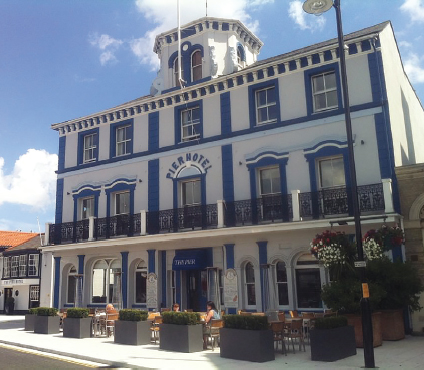
THE PIER HOTEL
The Pier Hotel
Historic hotel on the quayside
Hotel Continental
Boutique hotel overlooking the bay at Dovercourt.
The Tower Hotel
Built in 1885 and set in its own grounds.
To Eat and Drink
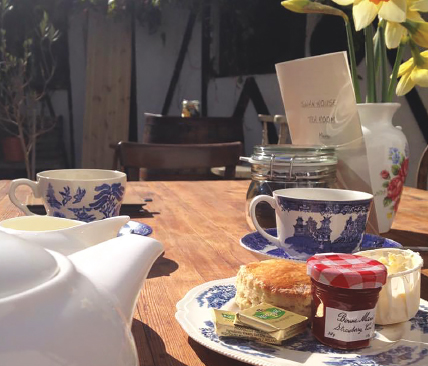
THE SWAN TEA ROOM
Serving cream teas in a 15th-century courtyard.
The New Bell Inn
Friendly atmosphere, live music and real ale.
The Alma Inn and Dining Rooms
The center of town life since the 1850s; fresh seafood is a speciality.





Comments